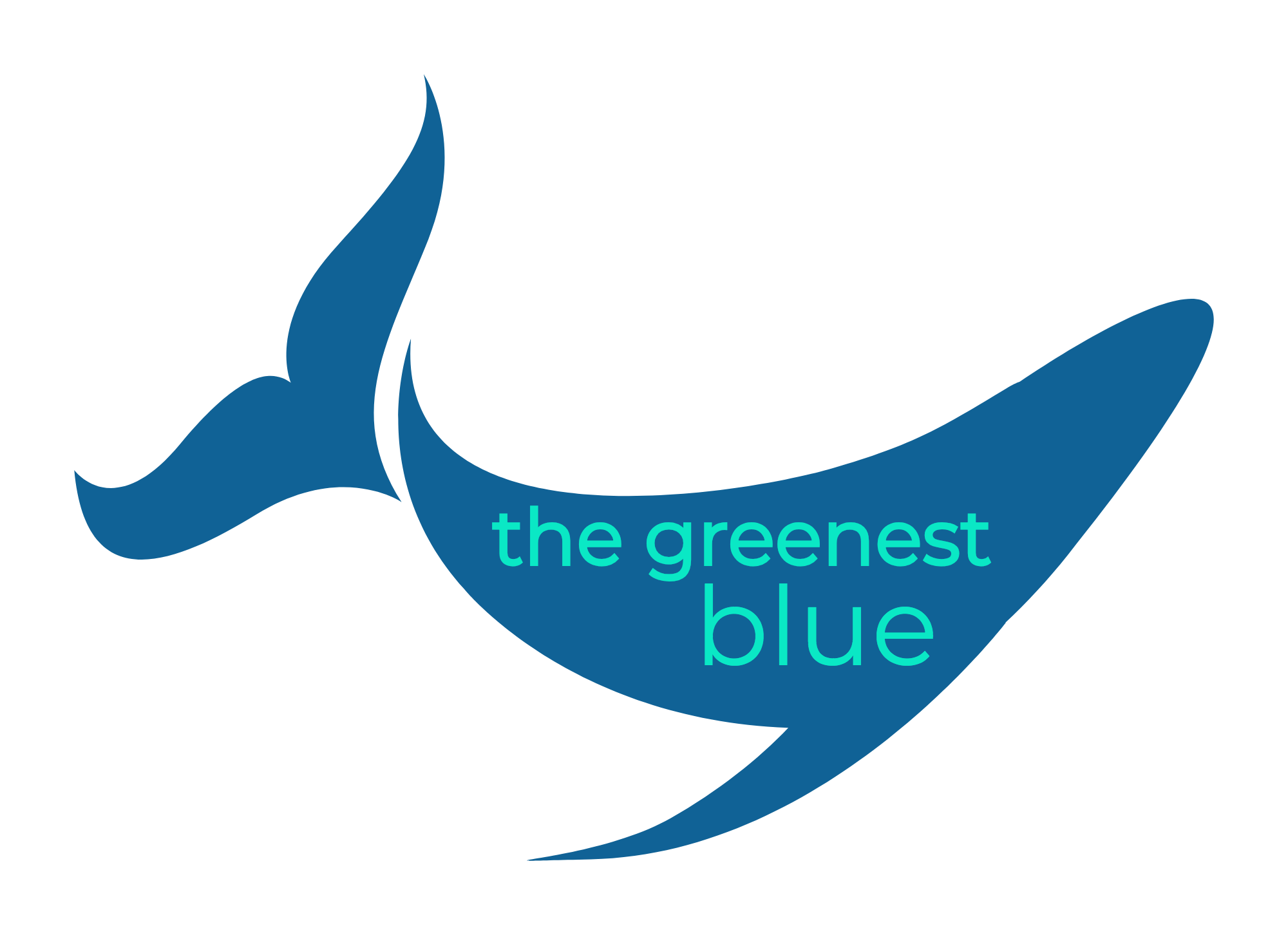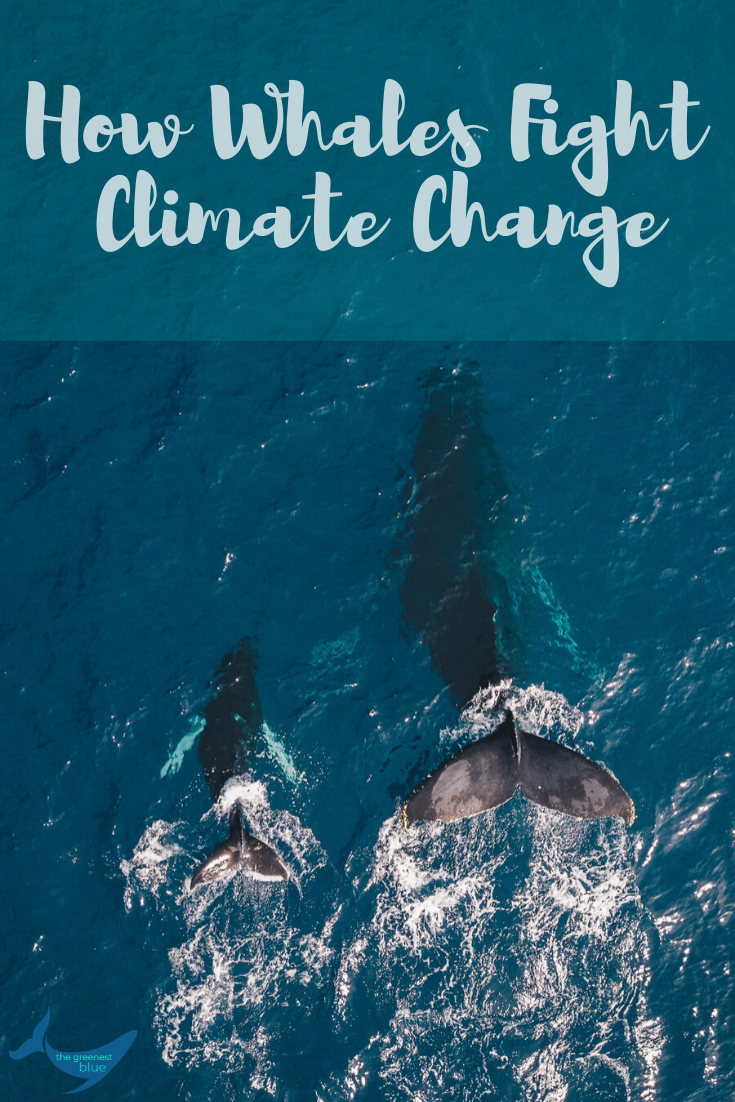How the Great Whales are Fighting Climate Change - Just By Existing
It’s easy to get mesmerized by the rainbow that’s shimmering across the powerful blow that just whooshed into the air from a humpback’s blowhole. It’s easy to feel captivated by the spunky gray whale calf that’s frolicking all around your boat. It’s easy to feel lost by the sheer mass of a blue whale as it surfaces to take a breath and then dive, its seemingly endless back arcing above the surface for ages before it finally descends into the deep.
Whales have always captivated humans. Whether it was a love of the hunt and chasing them down with harpoons, or a love of worshipping the whale gods that were part of a culture’s legends, or a love of watching and snapping photographs of them, depends on both the timeframe and certain human population that you’re considering. But the point is, they’ve always had our attention. Now these days (for the most part), humans aren’t actively hunting or worshipping them but instead are going out on tours to watch them in the wild, enchanted by these creatures that share so many similarities to us land mammals but that we know so little about.
And now we have all the more reason to be intrigued by, and grateful for, these massive beings. When a story recently started circulating around many online media outlets about how whales are huge components of slowing down climate change, that got my attention. These articles were claiming that one whale is worth the equivalent of thousands of trees in terms of the amount of carbon it can remove from the atmosphere.
That’s incredible! Not only are these animals mesmerizing for us to admire and a crucial part of the marine ecosystem, but they also help keep our climate regulated. They’re superheroes! Whales should basically all be wearing capes, as that’s the best word I can think of to describe them.
The funny part of this, though, is that we’re only really seeing this particular benefit of whale existence in the light of the current climate change crisis. But whales have been part of this carbon cycle for as long as they’ve been on this planet. They’ve only adopted this title of “fighters of climate change” since we gave it to them. Originally, they were just existing. Eating, sleeping, pooping, having sex, raising calves, and swimming around, living their lives. There wasn’t anything to “fight.” Their existence simply went hand-in-hand with assisting the cycle of nature.
So although it’s a shame that whales are only getting all of this hype now, when they’ve always deserved it, it’s great that current research is able to shed light on this topic (see references at the end of this post). No one has really studied it that much until this past decade, and this knowledge couldn’t come at a more critical time.
how whales take carbon out of the atmosphere
And what exactly do the whales do to help fight climate change? Quite simply, they stockpile tons and tons of carbon in their bodies over their lifetime, effectively taking it out of the atmosphere and acting as a carbon sink when they die. See more here. When the whale’s carcass eventually descends to the bottom of the ocean in death, it takes that carbon with it, removing it from the atmospheric cycle for hundreds to thousands of years.
And besides stockpiling carbon, whales also release a lot of nutrients near the ocean’s surface when they poop and when they move vertically through the ocean. All of this nitrogen, phosphorous, and iron stimulates the growth of millions of phytoplankton, a type of marine algae that pulls carbon out of the environment via photosynthesis. It’s a double whammy of carbon absorption.
how humans messed this up
However, over the course of history, humans have killed off a massive percentage of these animals. The current estimate of the great whale population is 1.3 million, with their pre-commercial whaling numbers estimated between 4 - 5 million. If we were able to restore these numbers to their pre-whaling count, the great whales might be able to capture about 1.7 billion tons of carbon dioxide each year. That is, of course, if this is even possible due to the extent we’ve degraded our oceans.
Although that is a large amount of carbon, it’s still just a fraction of what we’re emitting into the atmosphere. And yet it is encouraging to think that out efforts to save and promote the conservation of whales has dramatic effects not just for the animals themselves, but for us and our ability to survive this climate crisis.
What can we do to protect whales?
While it’s great that commercial whaling has been drastically reduced over the last few years, our cetacean friends still face a plethora of life-threatening challenges: entanglement in ghost fishing gear, vessel strike, waterborne plastic waste and pollution, and even noise pollution. If we can work on enhancing their protection and reducing these risks, we’d probably see some serious rebounds in their population numbers. And that means a serious decrease in the amount of carbon heating up our atmosphere.
the interconnectedness of nature
I find it fascinating how interconnected everything is on this planet. We change one thing, and we see a cascade of effects across multiple areas (the butterfly effect, eh?). This means finding a solution to solve a particular human-caused problem is never easy - and more than likely impossible without causing numerous other effects. Nature has had millions of years to perfect her whale-carbon sink cycle. We just need to let whales live.
For those of us working with marine mammals, whether in a tourism or research-based capacity, this is an exciting topic to bring up when we’re discussing the importance of whale conservation. What do you think? Are you stoked about the new research that’s coming to the surface of the marine world? I think i’s pretty cool! I’d love to hear your thoughts below.
Happy splashing, friends! See you soon.
Xx,
Lozza
References:
Lavery, T., B. Roudnew, P. Gill, J. Seymour, L. Seuront, G. Johnson, J. Mitchell, and V. Smetacek. 2010. “Iron Defecation by Sperm Whales Stimulates Carbon Export in the Southern Ocean.” Proceedings of the Royal Academy 127:3527–31.
Roman, J., J. Estes, L. Morissette, C. Smith, D. Costa, J. McCarthy, J. B. Nation, S. Nicol, A. Pershing, and V. Smetacek. 2014. “Whales as Marine Ecosystem Engineers” Frontiers in Ecology and the Environment 12 (2): 377–85.
Stone, Madeleine. 2019. How much is a whale worth? National Geographic.













